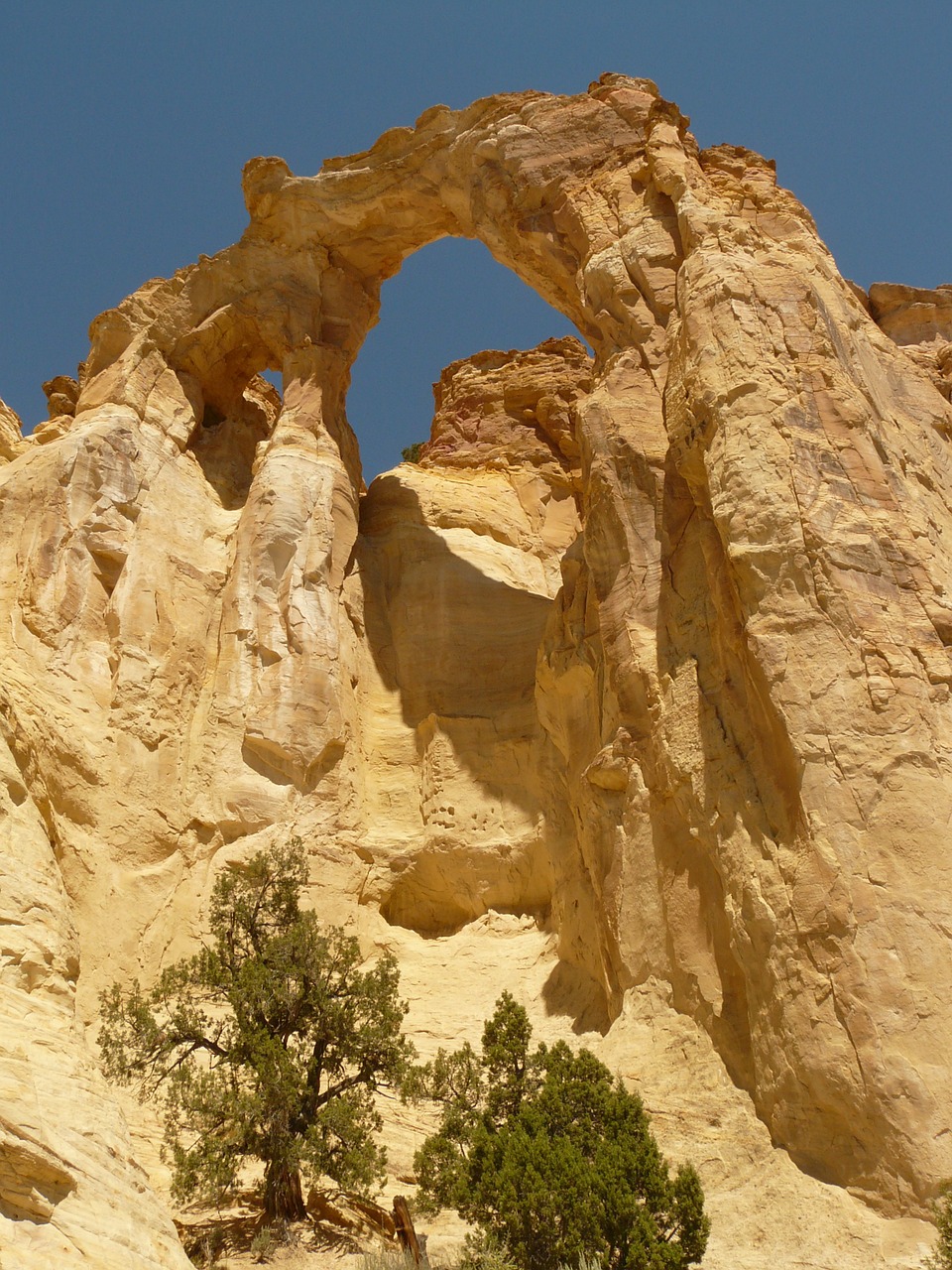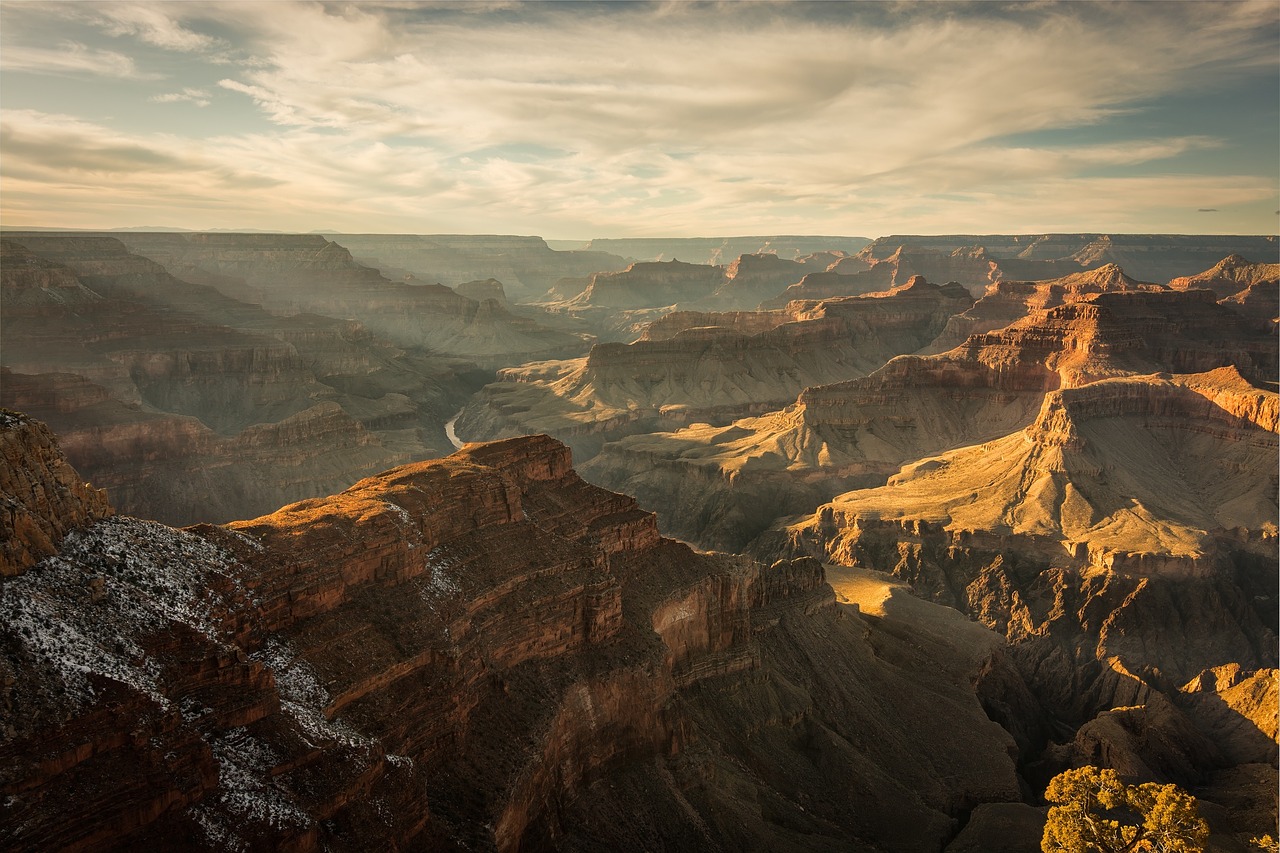“National parks are the best idea we ever had,” wrote author and environmentalist Wallace Stegner in 1983. “Absolutely American, absolutely democratic, they reflect us at our best rather than our worst.”
Stegner echoes the view of President Franklin D. Roosevelt nearly fifty years earlier when he pronounced, “There is nothing so American as our national parks. The fundamental idea behind the parks is that the country belongs to the people, that it is in process of making for the enrichment of the lives of all of us.”
But today, these places of national pride and cultural heritage that belong “to the people” are under serious attack, encroached upon by private industries anxious to log, drill, and mine, and encouraged by a presidential administration that disdains hallowed grounds and promotes profit over preservation. In short, it’s been a brutal year for public lands.

Since President Donald Trump took office in January 2017, his administration “has made more than 30 dangerous and destructive decisions about America’s public lands,” according to the National Parks Conservation Association. These egregious actions include repealing the Clean Water Rule, which protects streams, wetlands, and other waterways essential to the health of parks and communities; ordering the Environmental Protection Agency (EPA) to withdraw and rewrite rules mandating power plants to limit carbon dioxide; directing federal agencies “to no longer consider the effects of climate change when deciding whether to issue permits for fossil fuel production”; proposing a groundwater mining project that would pump 16 billion gallons of water yearly from the Mojave Desert, affecting the Mojave National Preserve and Mojave Trails National Monument; calling on the Department of the Interior (DOI) to grant energy developers access to areas previously closed to offshore oil and gas drilling, thus threatening coastal parks and marine wildlife; opening the door to uranium mining in lands around the Grand Canyon; and eviscerating protections of more than two million acres of national monument land at Bears Ears and Grand Staircase-Escalante National Monuments.
And that’s just for starters.
Nearly three dozen other steps have undermined, degraded, and outright attacked laws protecting public lands and their managing agencies, further jeopardizing the undoing of America’s national parks. Moreover, Trump’s proposed 2019 budget includes a drastic 16 percent cut to the DOI, which houses the National Park Service, as well as cuts to the park service itself and to the EPA. Additionally, the budget recommends extreme staffing cuts of nearly 2,000 National Park Service rangers at a time when park tourism is at an all-time high, having drawn nearly 331 million visitors in 2017.
“The president’s budget proposal once again demonstrates that the administration is actively working to undermine our national parks and the environment on which they depend,” said John Garder, Senior Director of Budget and Appropriations for the National Parks Conservation Association. “Choking off funding for staff who protect our national parks puts our country’s natural, cultural, and historical heritage at risk.”
The Exodus
A stunning response to the Trump Administration’s arrant indifference to environmental concerns occurred in January, 2018, when nearly all the members of the National Park System Advisory Board abruptly resigned, leaving the federal government without a functioning body to designate national historic or natural landmarks. This panel, authorized in 1935 under the Historic Sites, Buildings, and Antiquities Act, comprises citizens “chartered by Congress to help the National Park Service care for special places saved by the American people so that all may experience our heritage.” Members were frustrated over Interior Secretary Ryan Zinke‘s failure to convene a meeting since Trump took office, although the Board is mandated to meet twice a year, or even to nominate a director for the park system. The political publication The Hill noted the misguided policies of the Trump administration that prompted the resignations: “The fact that these experts, who care deeply about our national parks, would resign en masse in frustration points to the disfunction [sic] and the disrespect this administration has shown our nation’s parks and public lands,” wrote Jamie Williams.
One Board member, former Alaska governor Tony Knowles, lamented that the DOI “showed no interest in learning about or continuing to use the forward-thinking agenda of science, the effect of climate change, protections of the ecosystem, [or] education.” Carolyn Radelet, chief executive of Project Concern International, expressed in her resignation letter her “profound concern that the mission of stewardship, protection, and advancement of our National Parks has been set aside,” adding the hope “that future actions of the Department of Interior demonstrate that this is not the case.”
According to Phil Francis, Chair of The Coalition to Protect America’s National Parks, “This discourteous and disrespectful treatment of the board is inexcusable and, unfortunately, consistent with a decidedly anti-park pattern demonstrated by Secretary Zinke’s department. We keep waiting for a pro-park agenda to emerge, but we are now convinced we are waiting in vain.” Writing in Scientific American, Dana Hunter agrees: “The longer this administration drags on, the more endangered our public lands become. We may never be able to repair some of the damage—especially not if Trump’s Secretary of the Interior, Ryan Zinke, has his way.”
Ironically, the epigraph on Zinke’s government home page reads, “Without question, our public lands are America’s treasure.”
Fighting Back
No president has ever attempted to eliminate an existing national monument, and legal scholars now argue that the president lacks the authority to demolish or significantly alter a monument. Half a dozen lawsuits have already been filed on behalf of Bear’s Ears and Grand Staircase-Escalante, the most prominent victims of Trump’s flagrant behavior, which calls to slash nearly half of Grand Staircase and to gut the 1.3 million Bears Ears preserve by 85 percent, reducing it to just over 200,000 acres.

The lawsuits have been brought by several American Indian tribes, a dozen conservation and environmental groups including The Wilderness Society and the Sierra Club, the Grand Staircase Escalante Partners, the Society of Vertebrate Paleontology, and others. The primary basis for litigation is the American Antiquities Act of 1906, which “obligates federal agencies managing public lands “to preserve for present and future generations the historic, scientific, commemorative, and cultural values of the archaeological and historic sites and structures”; it also “authorizes the President to protect landmarks, structures, and objects of historic or scientific interest by designating them as National Monuments,” but it provides no language granting presidents the power to rescind or cut them.
The outcome of these legal challenges is crucial: a victory would affirm the rights of future presidents to “use the Antiquities Act to extend protection to large areas of public land and cement the monuments’ current boundaries,” but a defeat could allow “Trump and future presidents [to] drastically shrink any of the dozens of monuments created by their predecessors, opening the formerly protected terrain for all kinds of development.”
What Can One Person Do?
While this ignominious David and Goliath challenge may seem daunting, conservation, environmental, and other groups have launched their thousand ships to win the battle. Individuals also have many opportunities to help protect our lands and heritage against these would-be despots. The National Parks Conservation Association offers many options for advocacy. Among them are the following: 1) participate in any of the numerous preservation organizations; 2) take action through marches, rallies, or other events, and attend hearings or town hall meetings; 3) volunteer to help with the shrinking park guidance due to government cutbacks; 4) write, call, or email your government representatives, urging them to protect our lands; better yet, try to set up an in-person meeting in a district office; 5) write op-ed letters to local and national newspapers; 6) above all, vote. To borrow a quotation attributed to many, “The only thing necessary for the triumph of evil is that good men do nothing.”
Let Us Remember
The national parks, notes National Geographic, have been woven into the fabric of American life for so many generations that it’s hard to imagine the nation without them. They were born through the vision of a small group in the mid-1800s to ensure that America’s greatest national treasures belong to all people and remain forever preserved. In 1872, President Ulysses S. Grant made Yellowstone America’s first truly national park. Under President Theodore Roosevelt, one of the park system’s greatest advocates, five new parks were created, as well as 18 national monuments, four national game refuges, 51 bird sanctuaries, and over 100 million acres of national forest. In 1915, millionaire Stephen Mather crusaded for an organization dedicated to preservation, leading to the creation of the National Park Service in 1916, signed into law by President Woodrow Wilson and sparking the growth of today’s nearly 400 monuments, battlefields, seashores, recreation areas, and other lands. But now, as Aaron Weiss, Media Director at the Center for Western Priorities, points out, President Trump’s executive orders against our beloved lands signal “the start of an all-out assault on America’s national monuments and Teddy Roosevelt’s conservation legacy.”
The legacy entrusted to the National Park Service doesn’t belong to one party or the other, much less to Trump or to his movement. It belongs to all the American people. So as the president, Zinke, and a listless Congress strive to tear apart our national parks, Americans must take up their proverbial arms to defend against this tyrannical, self-serving onslaught. Let us remember the simple yet eloquent words of the quintessential American Woody Guthrie: “This land was made for you and me.”
Read Ethical Traveler's Reprint Policy.
